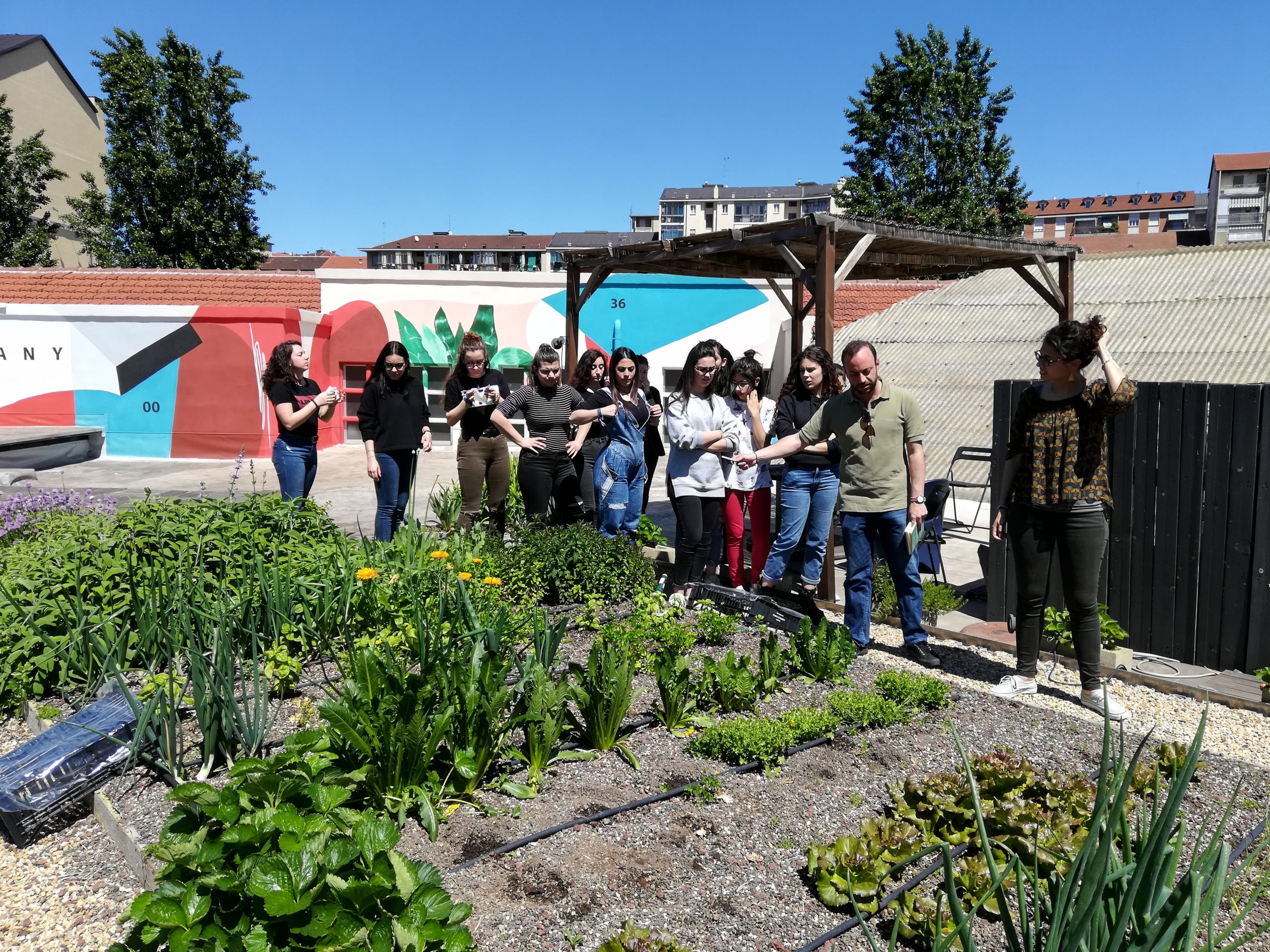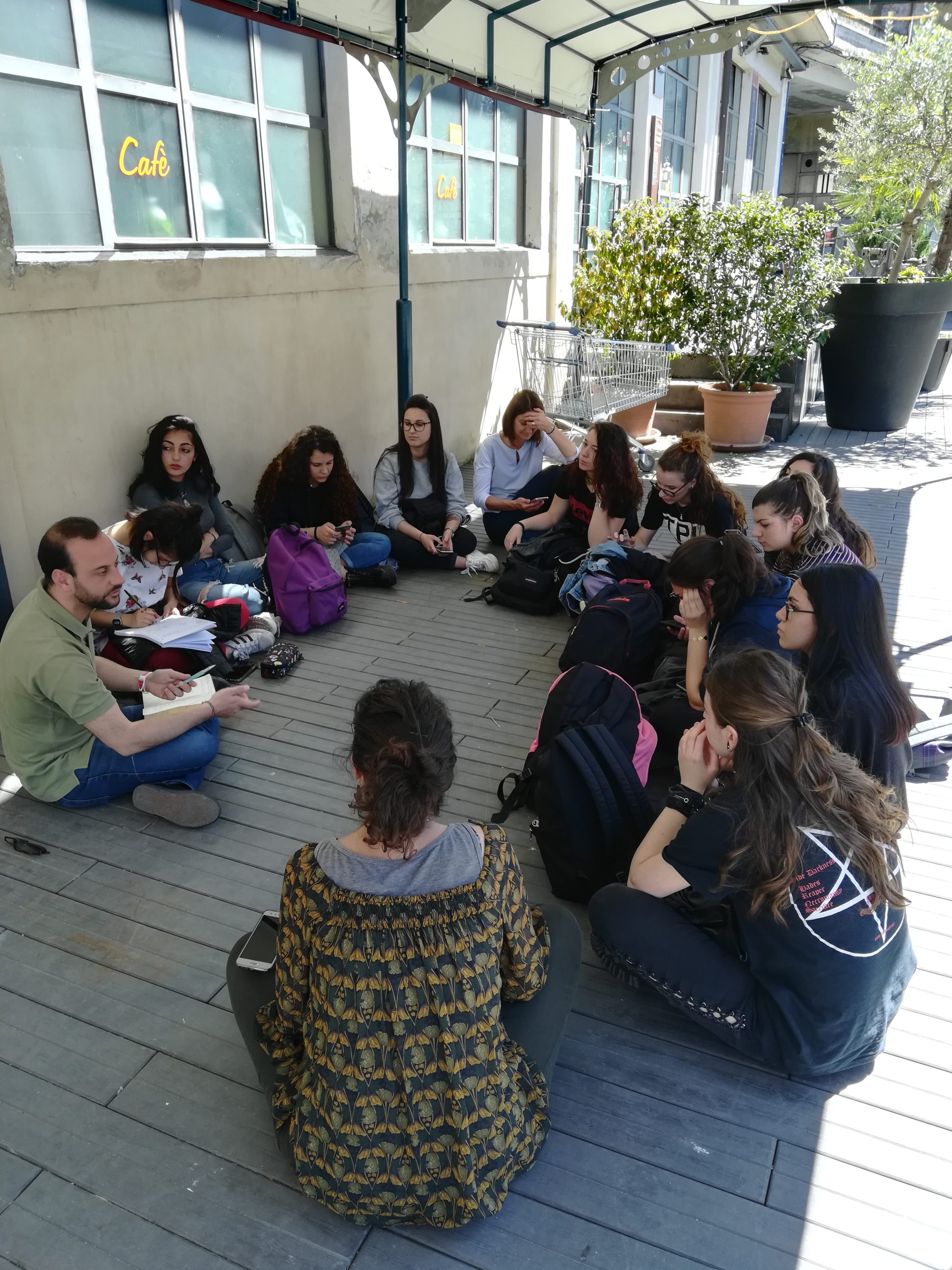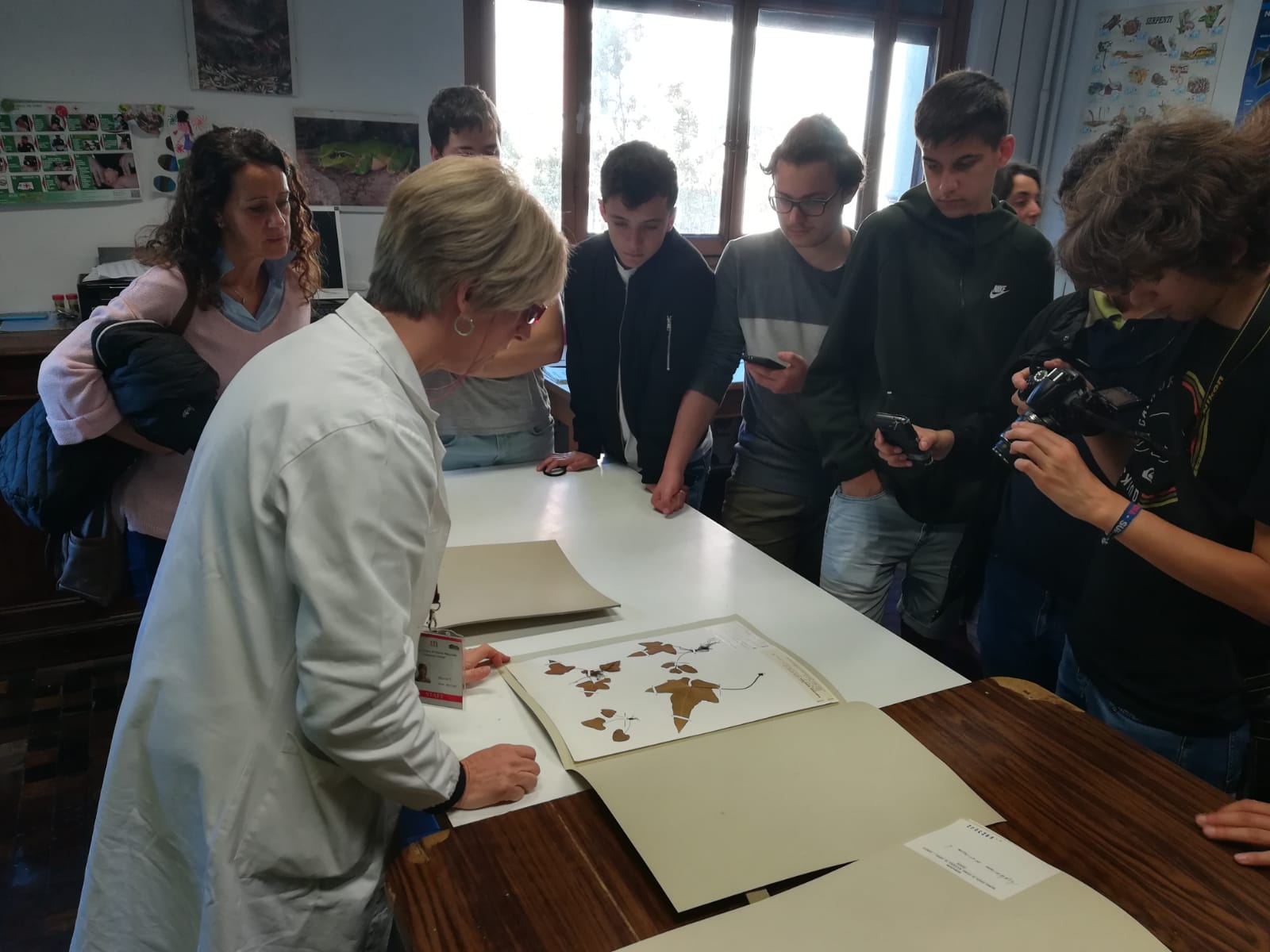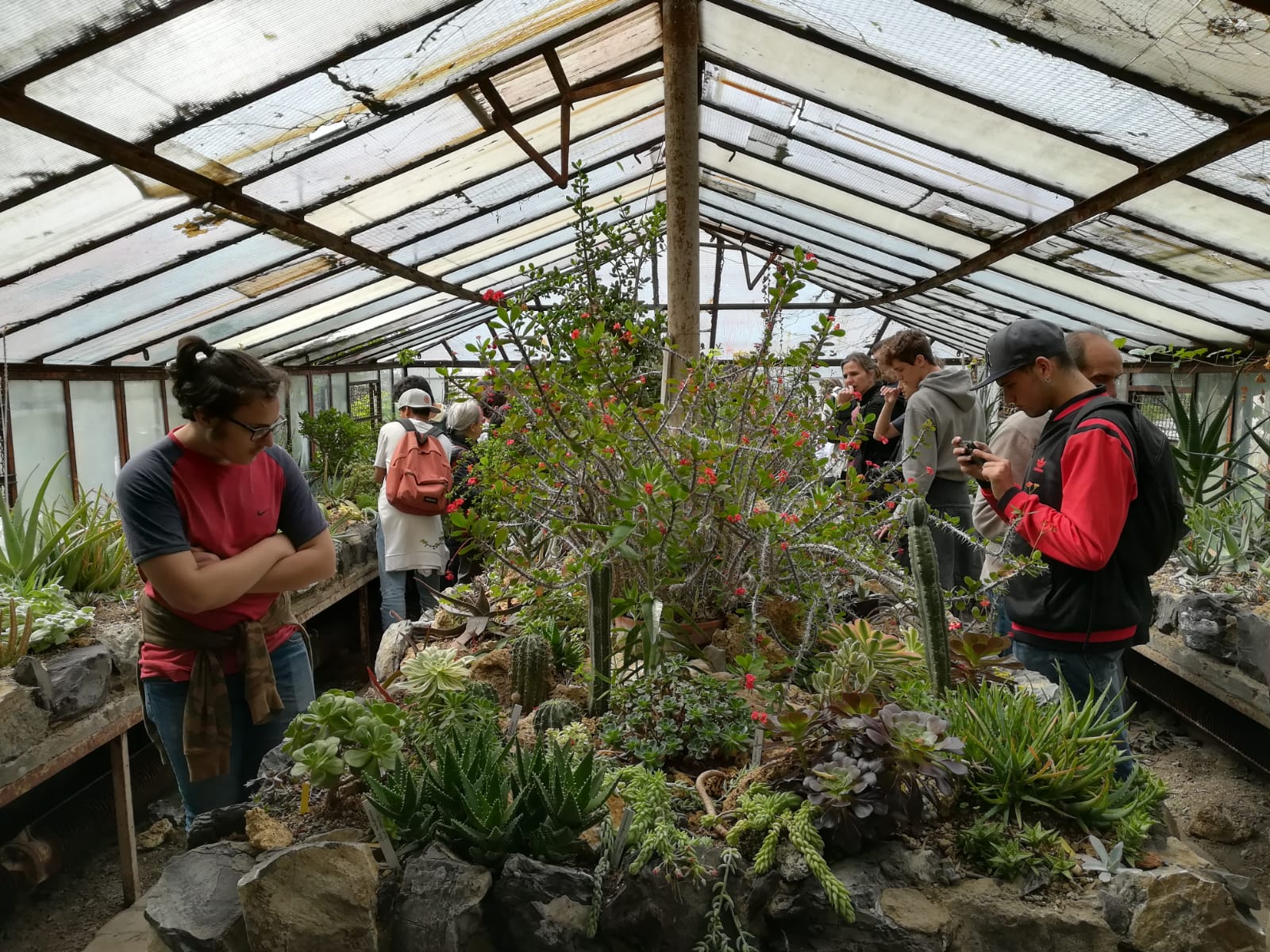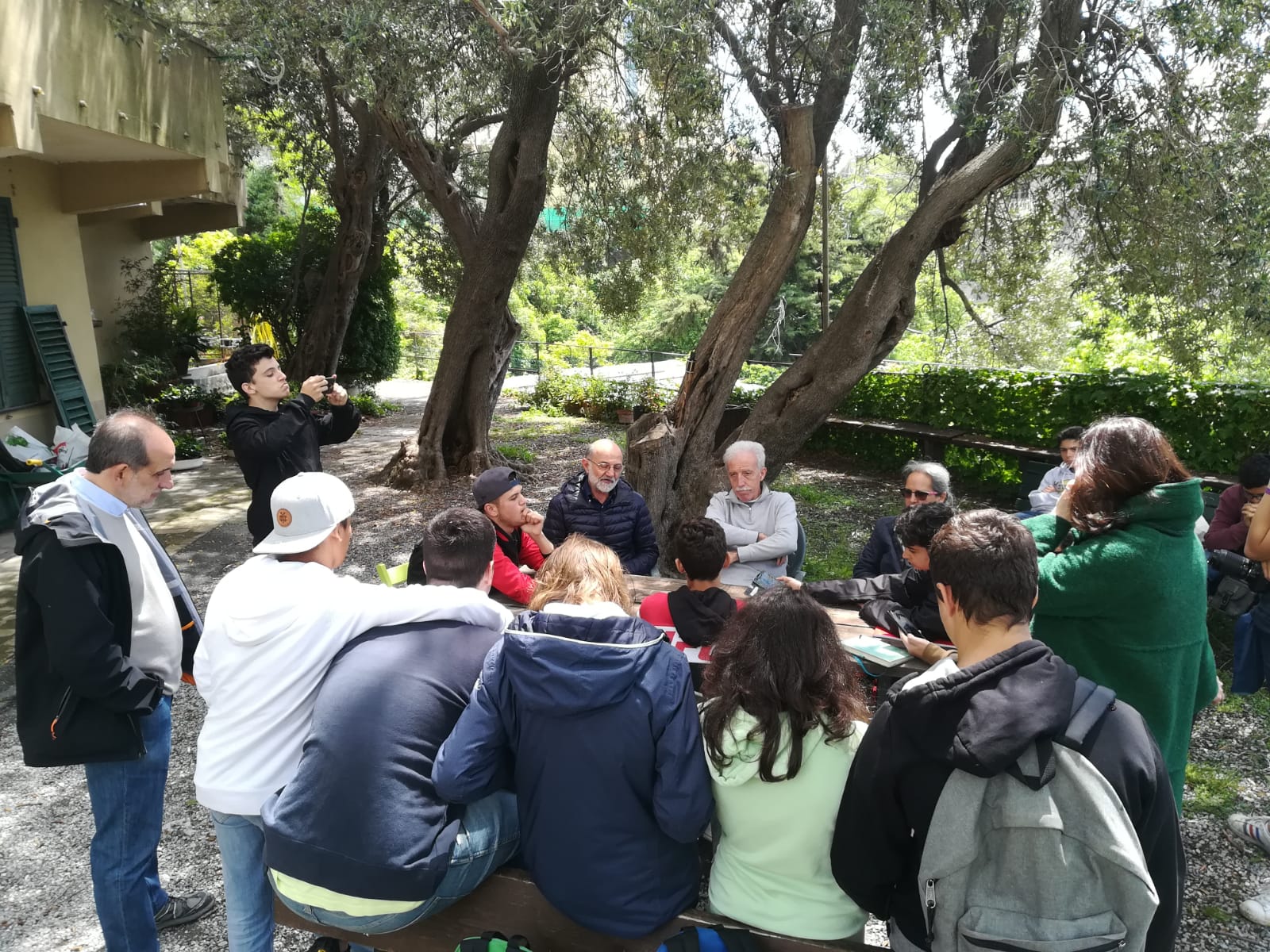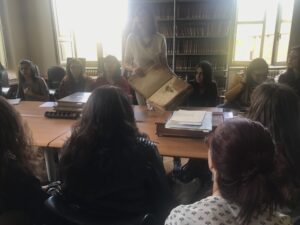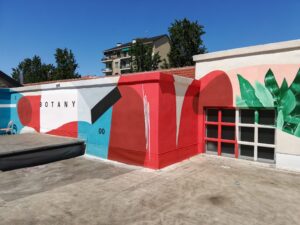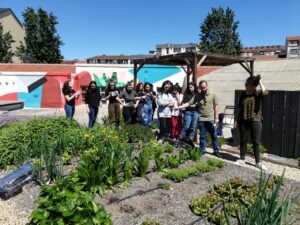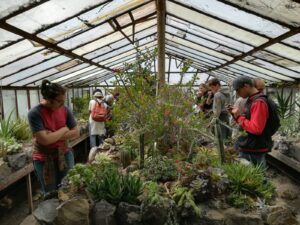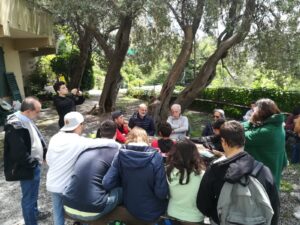I percorsi educativi afferenti al progetto Biomega hanno coinvolto due classi: una appartenente all’Istituto Tecnico Turistico Bosso Monti di Torino e una all’Istituto Agrario Marsano di Genova. Il percorso è stato suddiviso su quattro appuntamenti per ogni classe, di cui quello conclusivo dedicato alla restituzione metacognitiva e alla registrazione di un podcast.
La tematica presa in esame è partita dall’archiviazione del sapere, di epoca sette – ottocentesca che ha portato alla creazione degli orti botanici cittadini che raccolgo gli erbari, oggi un importante patrimonio scientifico e storico-artistico, per arrivare alla costituzione degli orti urbani, che hanno una storia ben più lunga di quella che si possa immaginare. Uno degli obiettivi educativi raggiunti è stato quello di indagare e dar voce ai personaggi che hanno, per volontà singola, dato il via a un’esperienza in ambito botanico di conservazione e di cura del territorio portando a rispondere ad alcuni dei bisogni della collettività. Gli archivi e gli orti urbani presi in esame sono stati strumento e oggetto di ricerca, permettendo agli studenti di indagare una dimensione non istituzionale della storia e delle scienze, diventando fonte di nuove letture e inedite narrazioni.
The educational itineraries linked to the Biomega project involved two classes: one from the Istituto Tecnico Turistico Bosso Monti in Turin and one from the Istituto Agrario Marsano in Genoa. The itinerary was split into four encounters per class, of which the final one was dedicated to metacognitive restitution and the recording of a podcast.
The theme taken into consideration started out from the archiving of knowledge from the eighteenth and nineteenth centuries, the period which led to the creation of city botanical gardens which grew of out herbaria – today a major scientific and historical-artistic asset – right up to the constitution of urban allotments, which have a much longer history than one might imagine. One of the educational aims achieved was that of investigating and giving a voice to figures who, of their own volition, gave rise to an experience in the botanical field of conservation and care for the territory, leading them to respond to many of the needs of the collectivity. The archives and the allotments examined served as both a tool and subject of research, allowing students to investigate a non-institutional dimension of history and of the sciences, providing a source of new readings and original narratives.
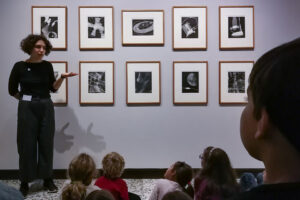
CAMERA – Centro Italiano per la Fotografia...
Inizia nel 2016 la collaborazione con CAMERA - Centro Italiano per la Fotografia, con progettazione e gestione di attività educative e formative per {...}
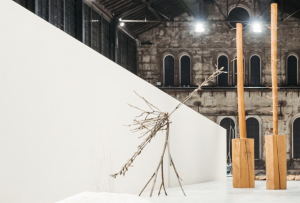
OGR / PERCORSI EDUCATIVI
Da ottobre 2021 ARTECO collabora con OGR – Officine Grandi Riparazioni realizzando attività educative rivolte a pubblici differenti, {...}
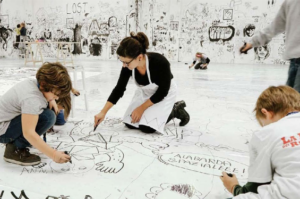
PINACOTECA AGNELLI / SERVIZI EDUCATIVI
Nel 2013 inizia la collaborazione con la Pinacoteca Agnelli di Torino per la gestione dei servizi educativi, che include la progettazione delle {...}




